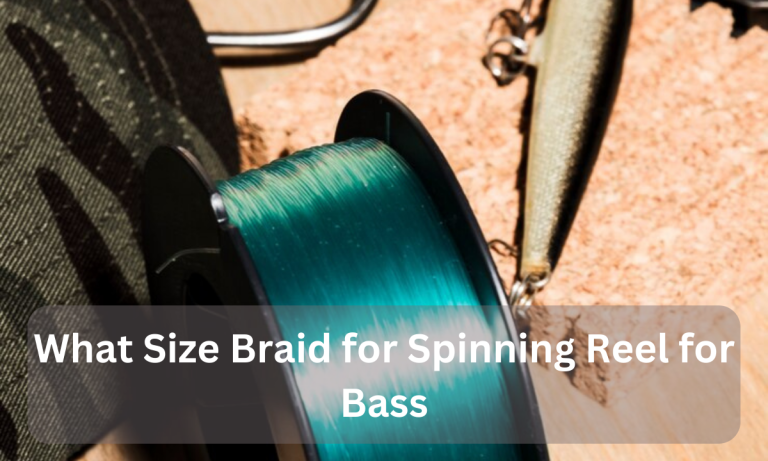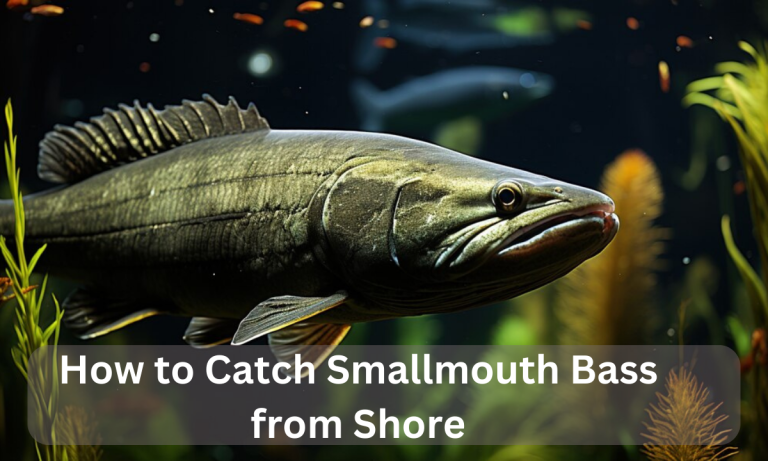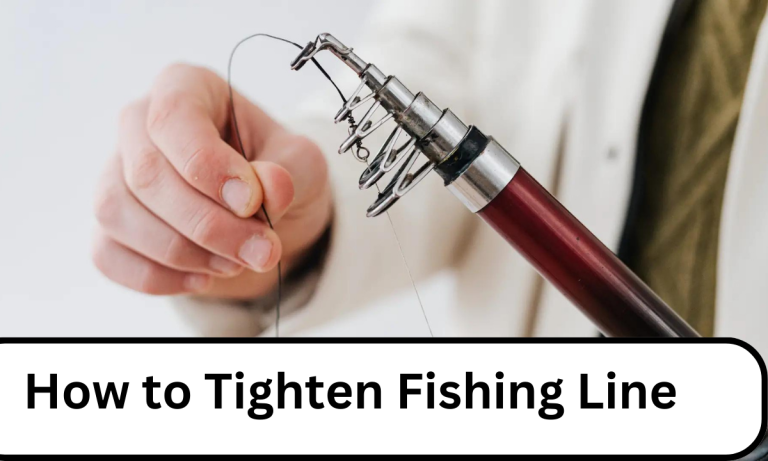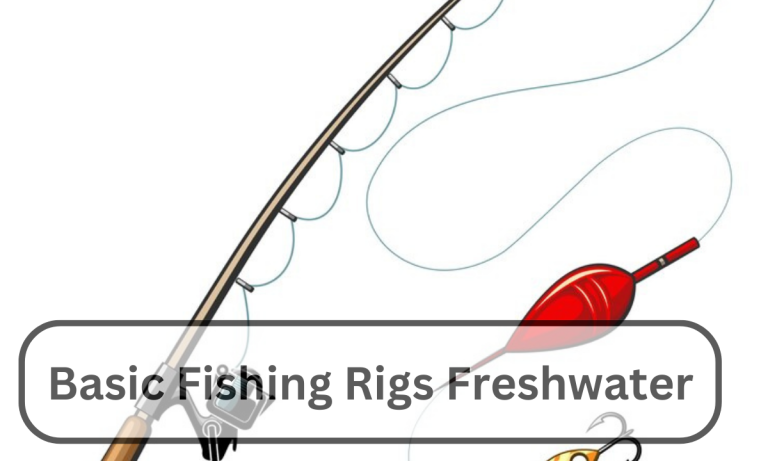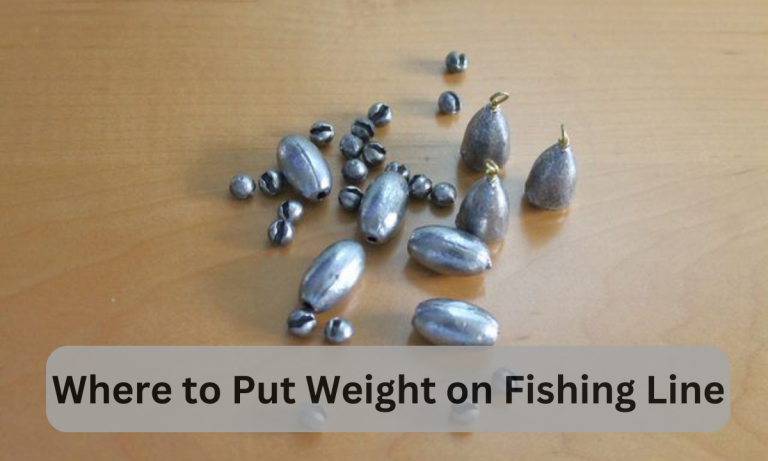Where to Put Weight and Bobber on Fishing line
Where to put weight and bobber on fishing line is very important to understand after knowing how to string a fishing line for beginners. The bobber lets you know about the fish strike. The skill of where to put weight and bobber on fishing line is a very must-know skill for all anglers including beginners because some anglers are not fully aware of it. They are available in every style and size.
Bobbers are useful to suspend bait and send the bait to deep waters. However, the process of putting weight and bobber on the fishing line is very simple. Go through this article for step-by-step guidance.
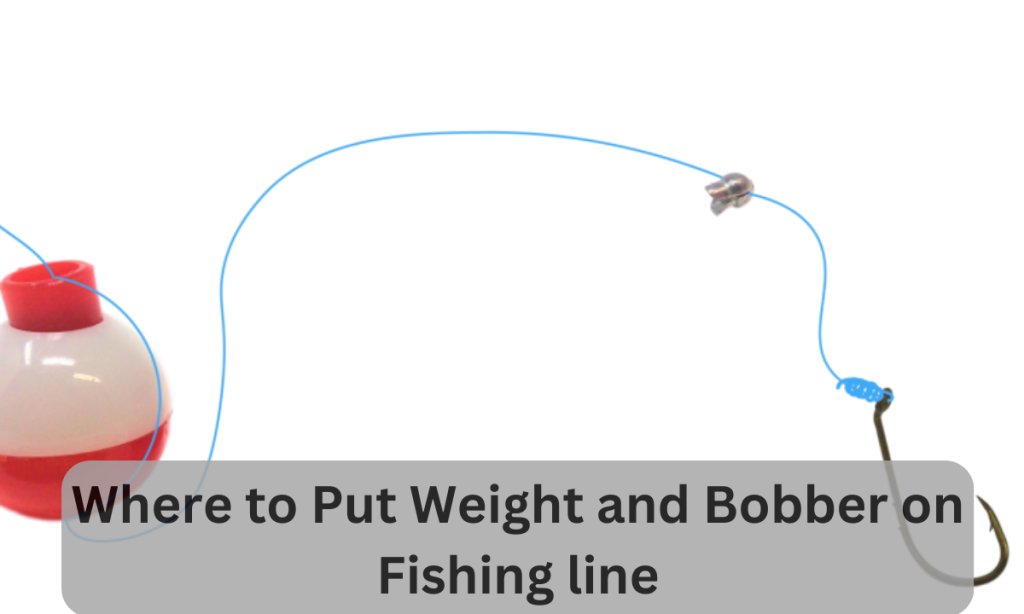
Where to Put Weight and Bobber on Fishing Line: Steps
- The weight is generally put at the end of a fishing line and should be heavy enough to take it to the desired depth. The suggested weight for that matter is a sinker.
- Leave sufficient lines between the hook and weight to make it move freely in the water. Moreover, the bait will appear natural to attract fish.
- The other name for the bobber is a fishing float. Put the bobber above your hook but below your weight to make it float freely on the surface of the water.
- The distance between bobber and hook should be at least a foot but the distance recommended is two feet and it depends on the distance you want your lure or bait should cover deep in water.
- Also, ensure that your line is too loose to make a fish take hold of it.
5. Adjust the weight and bobber in a way that they could deal easily with different conditions like the speed of wind, current speed, and water depth.
- Before heading for fishing, enough practice with patience regarding where to put weight and bobber on fishing line to avoid unfavorable circumstances on a given day.
Where to Put Weight and Bobber on Fishing Line: Purposes
For everyday fishing scenarios, bobbers are very helpful. Some of those situations are as under:
- Access to Inaccessible: This means those areas where your hook cannot reach. A bobber will enable the hook to reach those areas. A hook with a bait can float on the water current just because of a bobber. As a result, the line distance expands to get to all types of fish.
- Bite Indicator: Sometimes, you may guess from the line pulls that a fish might be biting. But your guess does not always go right. But a bobber underwater lets you know about the sure fish strike.
- Suspends the Bait: If you want the bait to float a few inches deep underwater, then a bobber is going to fulfill your wish by creating that level of precision that will enable you to reach your targeted fish.
Conclusion
Bobbers are considered a great addition to your fishing equipment because they give you access to inaccessible by acting as visible indicators. One thing more, you can use bobbers both with live as well as artificial baits. Therefore, it is advisable to use different types of bobbers to check which one works best.
However, the weight used should be at the end of the line whereas the bobber should be placed above the hook and below the weight to make it float freely on the water surface.
Further on, talking to local anglers for further information cannot be ignored. Similarly, wearing polarized glasses will help you get a better view underwater of fish getting closer to the line.
FAQs
- Where do you put weight on the fishing line?
Ans. The weight is generally put at the end of a fishing line and should be heavy enough to take it to the desired depth.
- Where to put a bobber on the fishing line?
Ans. However, the weight used should be at the end of the line whereas the bobber should be placed above the hook and below the weight to make it float freely on the water surface.
- What does fishing success depend on?
Ans. The success in fishing depends on the strength of the fishing line. If the line is not strong, it will pose problems like tangling and snagging.

